loki100
Posts: 10920
Joined: 10/20/2012
From: Utlima Thule
Status: offline

|
T70-T73 15 October – 12 November 1942: “To Gibbets, and the Dead”
With the return of the autumn rains the potential for any offensive action ceased. South of Rostov some clashes took place in the rare periods when the ground dried out but even here it was a matter of Soviet advance guards pressing too far and being caught by local axis counter-strokes. Losses mirrored this relative cessation of active combat and totalled 33,000 for the axis and 130,000 for the Soviets.
However, the apparent inactivity masked three critical shifts in the war.
Offensive Preparations
On the ground, both sides redeployed for the winter battles. Facing roughly even numbers of men (but with a huge advantage in terms of number of guns and tanks) Stavka gambled. The front lines (apart from immediately at Moscow) were stripped of manpower and the equivalent of four complete Fronts were drawn into reserve (the newly formed South Western, Bryansk, Voronezh and the elite formations of Leningrad and North Western Fronts) and the rest were starved of replacements and stripped of specialist support units.
Stavka's plan was to gamble that the reduced forces of Volkhov, Don, Stalingrad, North Caucasus and Trans-Caucasus Fronts could hold their respective sectors. Western and Kalinin Fronts were to defend Moscow and despite not being expected to undertake independent offensive actions, were equally reinforced so as to protect the still vulnerable capital.

Critically almost 50% of the Soviet tank force was allocated to the three reserve fronts to the south of Moscow (Bryansk, Voronezh and South Western). However, North Western and Leningrad Fronts had over 19,000 guns (around 18% of the total) of Soviet artillery between them, with this representing the bulk of the heavier guns and katyushas. This simple distinction reflected the major differences in Stavka's estimate of the likely nature of any offensive on the two sectors.
A key preparation for the planned winter offensives had been Don, Stalingrad and the two Caucasus Front re-establishing contact with the Axis forces in positions abandoned in August. The other fronts occupied some of their old defensive positions but primarily deployed where Stavka planned to launch a sequence of counter-attacks.
The Air War
If the Germans had ceased major ground operations, they made up for this by a renewal of their onslaught on the VVS. The week 15-21 October set the template, when they effectively seized control of the skies south of Moscow destroying 134 Soviet aircraft for only 21 of their own. Their new FW-190s proved too much for most Soviet fighters and the substantial numbers of Bf-109Gs added to the pressure. The following week saw a similar pattern and it became painfully clear that the Yak-1 was now effectively obsolete.
Strangely, the VVS' most effective weapon remained the U2 biplane. Able to evade most German fighters, and ignore most AA, these continued to extract a regular toll from German units around Ryazan, north of Moscow and the Rumanian units at Rostov. By 29 October, the VVS had withdrawn many fighter squadrons to rest and refit and Luftwaffe sought to take revenge on the U2s. For the first time since June 1941 substantial numbers of Soviet aircraft were bombed on the ground leading to 500 Soviet losses up to 12 November for only 50 Axis planes. Most of the Soviet losses were U2s. In response, the night harassment raids were stepped up as the VVS refused to accept defeat.

(not shown is that overall I lost about 300 planes on the ground, almost all U2-VS. This reduces my stockpile to less than 2,500).
The German fighters now had complete control of the skies around Ryazan. Attempts at reconnaissance flights met with significant losses and it proved impossible to conduct any offensive missions on this sector at all.
In response, by 12 November, Stavka started to bring back the re-equipped fighter squadrons. At Moscow, most were now Yak-9/7B/1B or La-5. If the VVS could not manage control of the skies it was still going to have to fend off the German fighters to ensure that Soviet bombers managed to support the Red Army.
The Industrial War
The final aspect of the war took place well to the rear. The German summer offensive had exposed numerous weaknesses in Soviet industry and its capacity to supply combat operations.
In response, Stavka had disbanded a significant number of formations [1] and reduced the flow of replacements to major sectors of the front. In addition, the VVS' active commitment was drastically reduced and most 2 and 4 engine bombers held back in the Urals. This had saw a steady improvement in the supply position till many VVS fighter and Il-2 squadrons were assigned to forward airbases on 12 November [2].

As noted that presents three views on what is going on. The graph is from the production report and shows % of supply in units (although not clear this has shifted from 26.7% to 30.5% and back down to 29.1%). The table shows production and varying usage.
I can understand the shifts in usage, as I've moved some factories and a few turns most the army stood still (so little new fortification efforts). I'm not sure why supply production is shifting as there is no resource shortage and no HI factories are damaged.
Even the limited return of the VVS between T72 and T73 seems to have had an adverse effect as I increased the number deployed from 3,200 to 4,200 (I've added another 600 during T73). I'm in a problem here as I don't have any other combat arm that can really help offset the relative numerical balance between the two armies.
Preparation for a renewed offensive
With these constraints, the Red Army had 300,000 less men in the front line units on 12 November than it had on 30 September. On the other hand, reserve manpower was up from 250,000 to over 1 million and armaments were 500,000.
Despite these problems, after long debates Soviet forces were taking up positions for the opening blow of their Winter 1942-3 offensive [3]. Stavka's overall goal was clear, the Germans had to be forced back from Moscow and dislodged from their positions threatening the Volga.

Overall, German numbers have remained static as have their allies. This gives them 5.7 million men, 55,000 guns, 6,400 AFVs and 4,500 planes.
My numbers are down due to the programme of disbanding formations and reducing the TOE of others. I have an advantage of 7.7:5.7 in raw manpower, 2:1 in artillery, 4:3 in AFVs and 2:1 in planes (but as is clear I can't make full use of this particular advantage).
In detail, the VVS had 3200 fighter bombers (2250 at the front), 2601 tactical bombers (2000 at the front), 2200 level bombers (200 at the front), 650 transports (60 at the front), 300 reconnaissance (200 at the front). Of the level bombers, the front line squadrons consisted purely of lend lease A-20s or B-25s or the new Tu-2.

(Tu-2s in training in the Urals)

In particular the fighter arm was hastily being re-equipped following recent defeats by the Germans with most of the better squadrons already using Yak-9/7B/1B or the La-5. The new lend lease P-40s were also being incorporated [4]

In terms of available artillery, 35% of all guns were in fact medium mortars but following recent re-organisations, heavier guns and katyushas were now concentrated in the formations designated to lead the various planned winter offensive operations. The AT stock had been re-organised and all the specialist formations using the 45mm had been scrapped and were slowly being replaced by units using the heavy 107mm. The 45mm remained the main AT gun, but was now only used as part of divisional assets.

The 7,100 tanks were divided between 3,200 light tanks (still mostly T-60s) and 3,700 medium tanks. Given their disappointing combat performance, only a few formations still deployed the KVs [5]. The flame tanks were allocated to a single Shock Army being trained and equipped to overcome the strongest German fortification belt.

Substantial reserves of the main types existed to replace losses.


[1] – basically the brigades that can't convert to divisions, divisions with low morale and many losses, support units that effectively duplicate the equipment in divisional TOEs or are expensive to replace.
[2] – I'm going to keep a close eye on this, I've tried not to exceed the basic supply level of any airbase, but I need to concentrate.
[3] – I've changed my mind about where to start at least three times, and have finally decided how where the secondary offensives will fall, as well as deployments to raise some doubts as to quite what is the real target,
[4] – I'm juggling re-equipment with an eye on the implication of the shift to 32 plane squadrons in December. Ideally I want enough in the pool that the key squadrons can increase their strength without having to scrap units. If I need, I'll swap out some of the less competent formations to obsolete planes so as to free up their aircraft for re-allocation.
[5] – they are only part of the mech corps TOE. I need to think about raising some specialist heavy tank regiments, less for their value with KV1/42 and more so that when first the KV/85 and then the IS-2 arrives I have formations with decent experience levels to absorb them.
 Attachment (1) Attachment (1)
< Message edited by loki100 -- 1/11/2015 2:19:00 PM >
_____________________________
|
 Printable Version
Printable Version







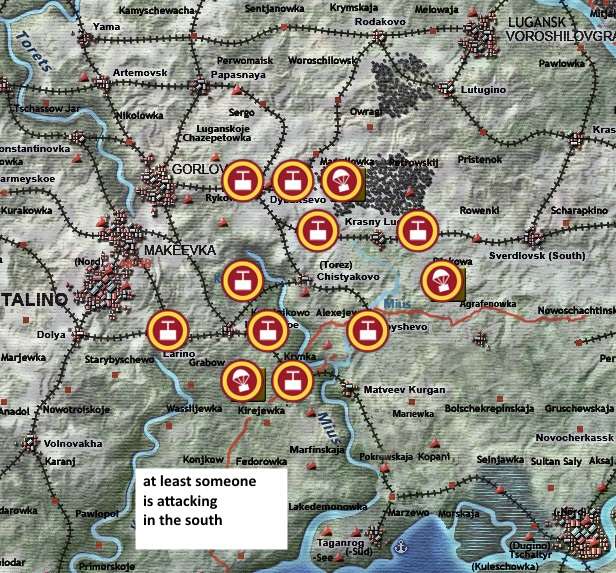
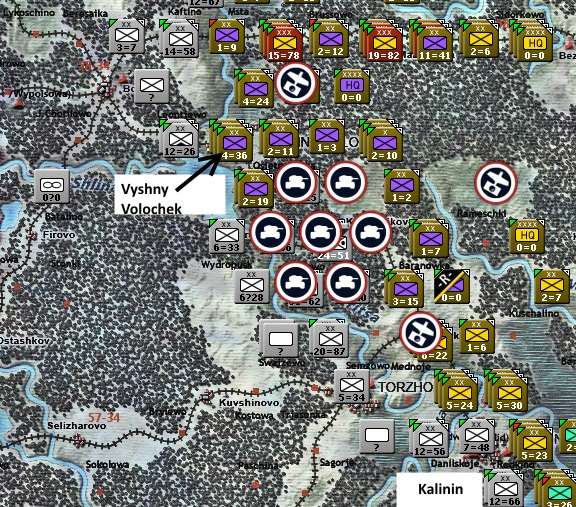

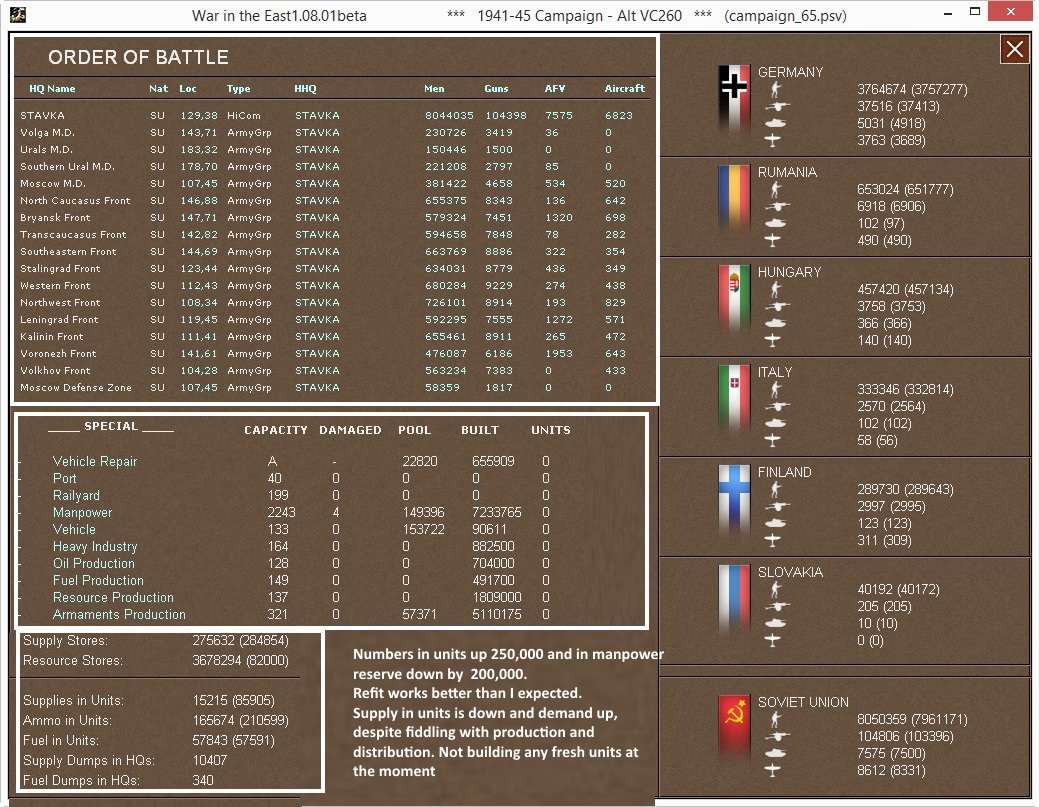



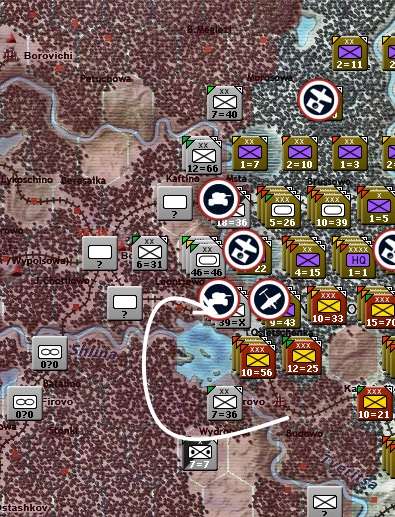

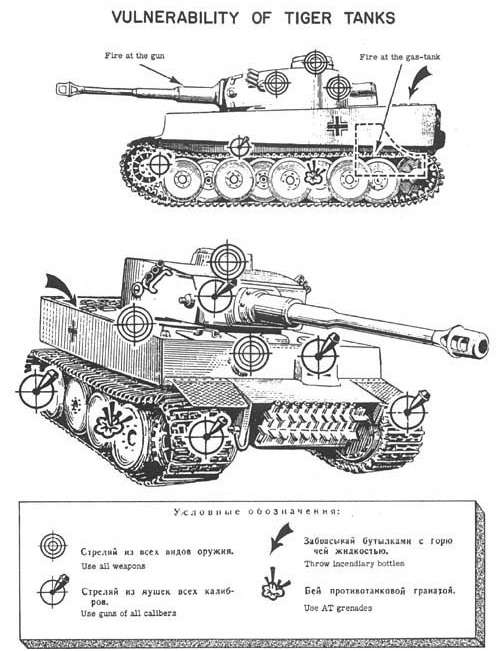
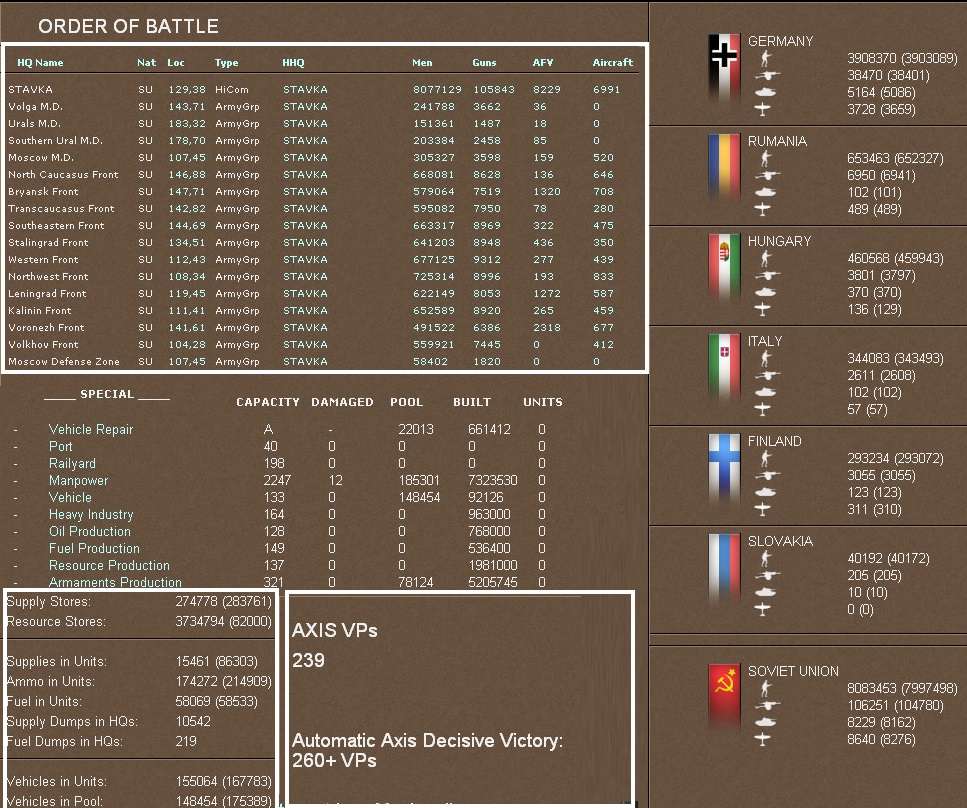

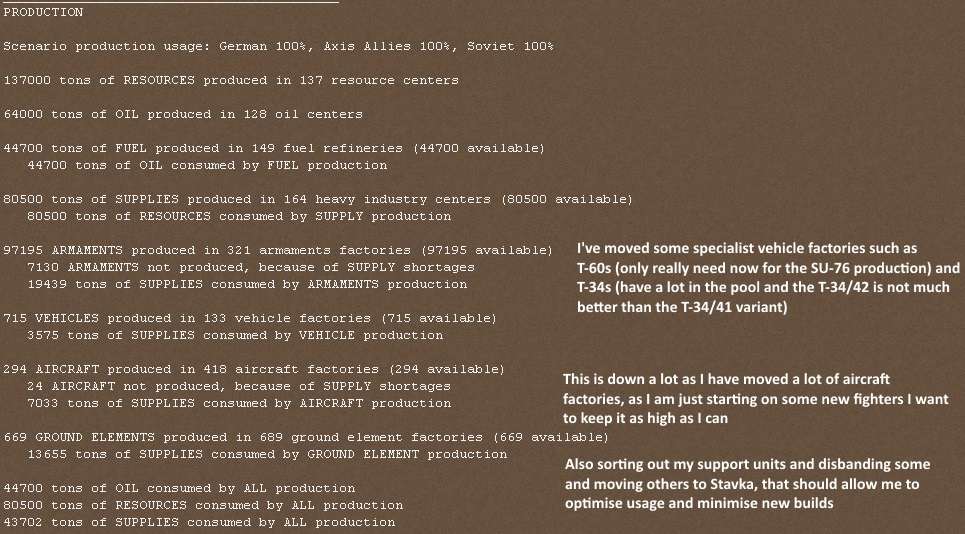

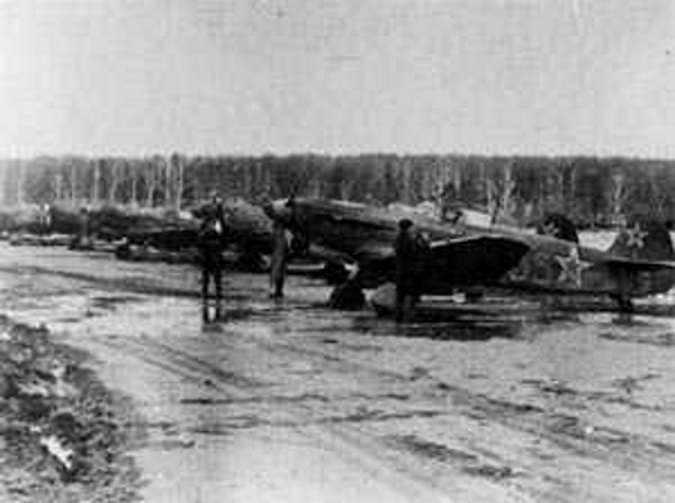
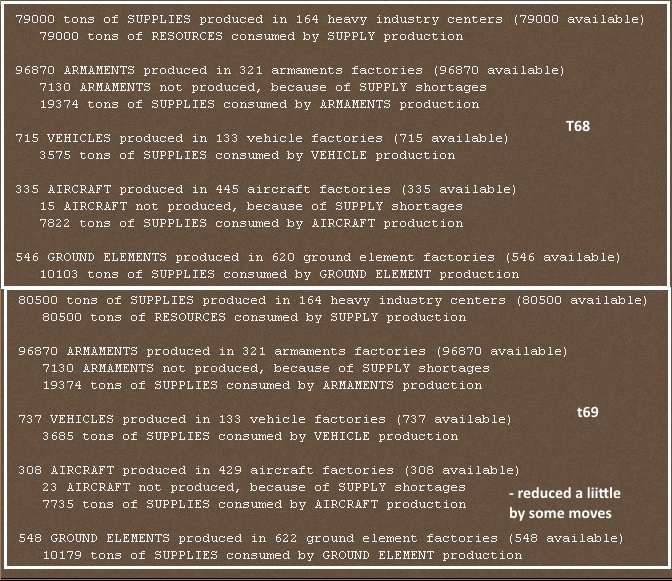
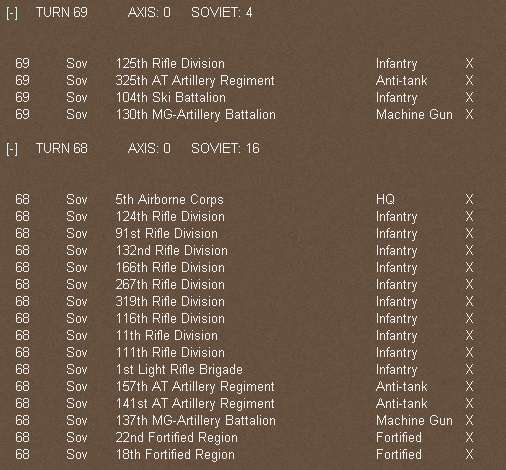
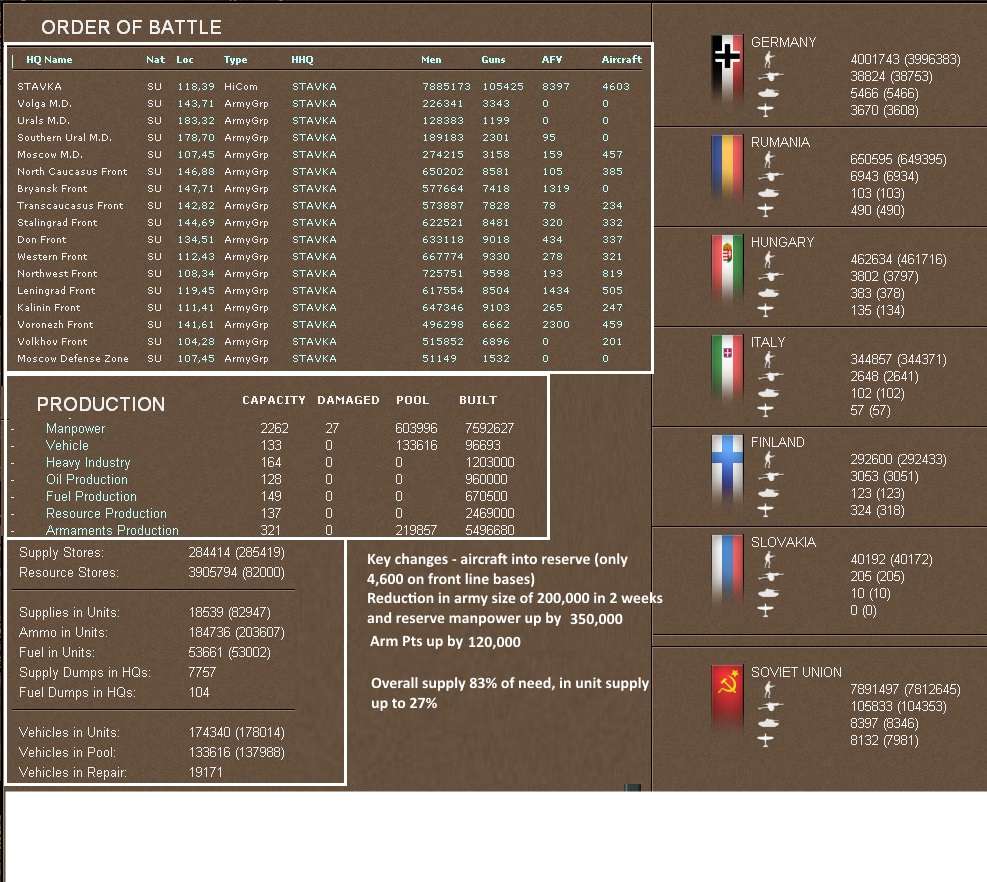
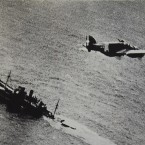














 New Messages
New Messages No New Messages
No New Messages Hot Topic w/ New Messages
Hot Topic w/ New Messages Hot Topic w/o New Messages
Hot Topic w/o New Messages Locked w/ New Messages
Locked w/ New Messages Locked w/o New Messages
Locked w/o New Messages Post New Thread
Post New Thread